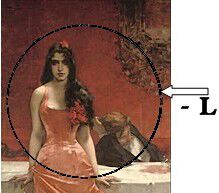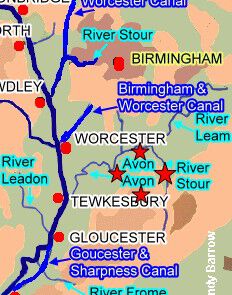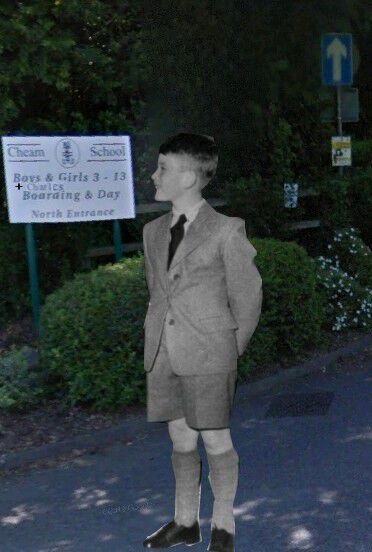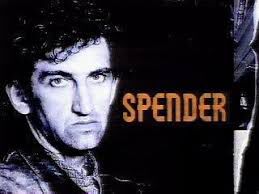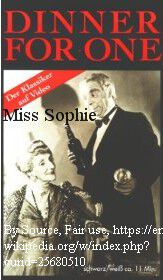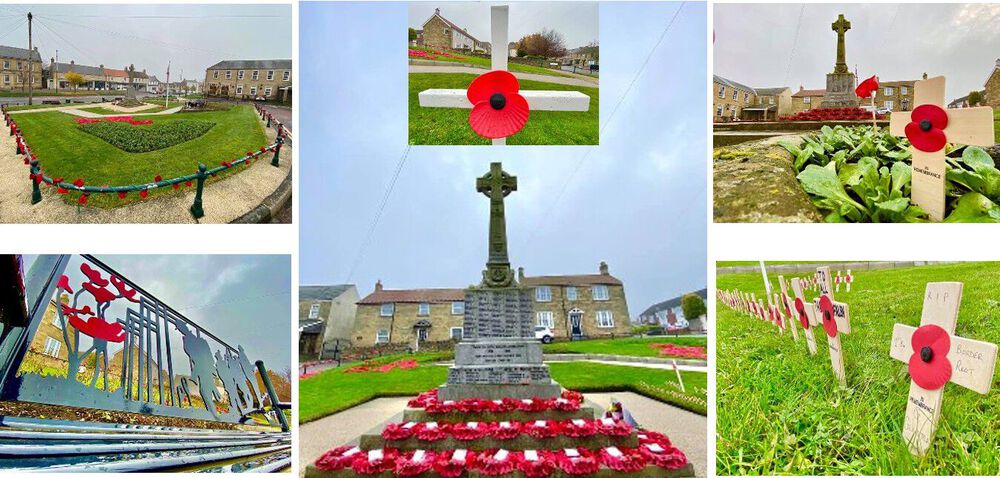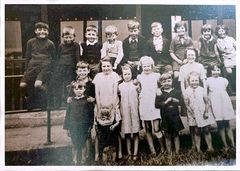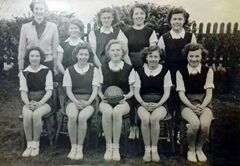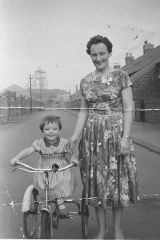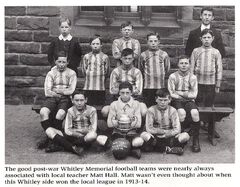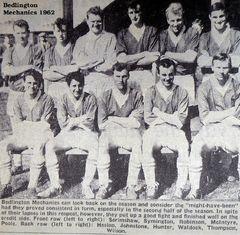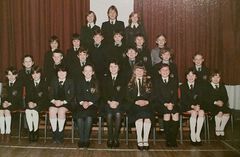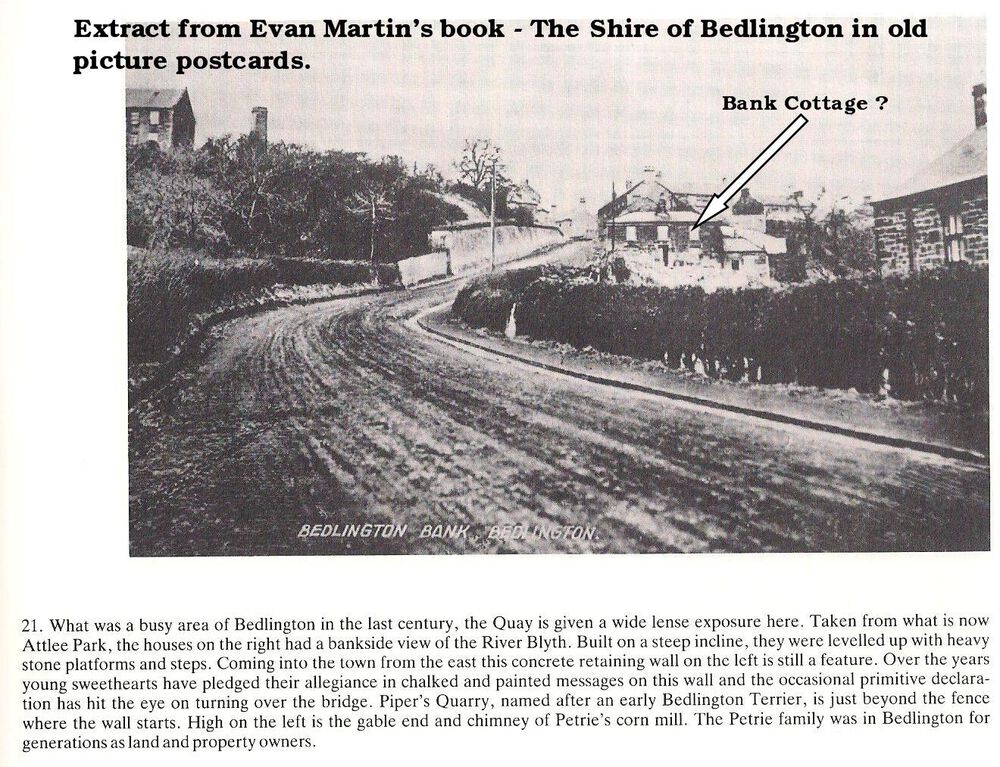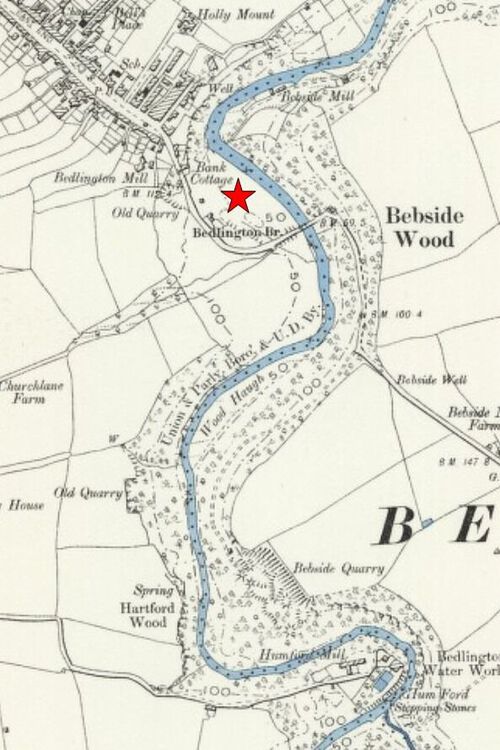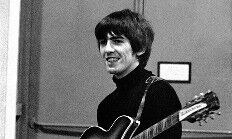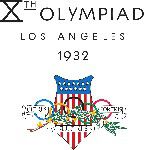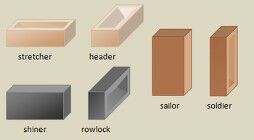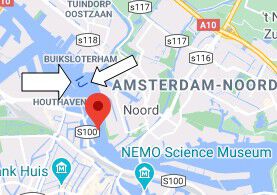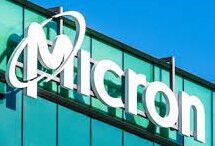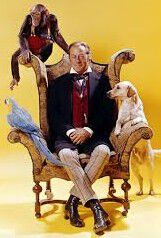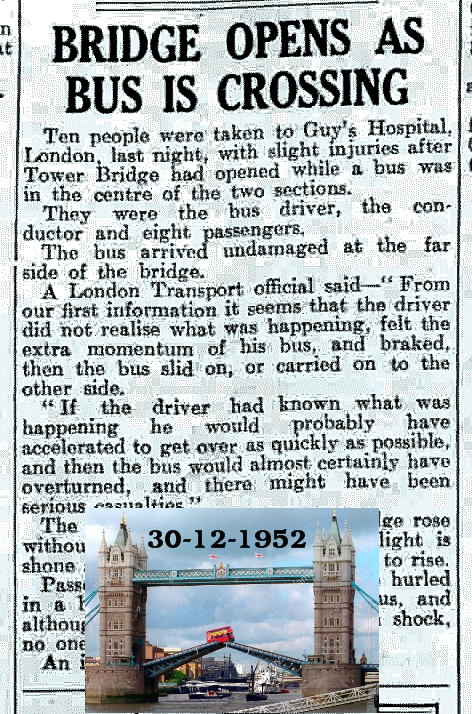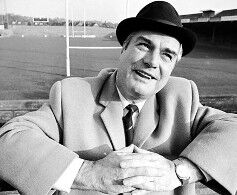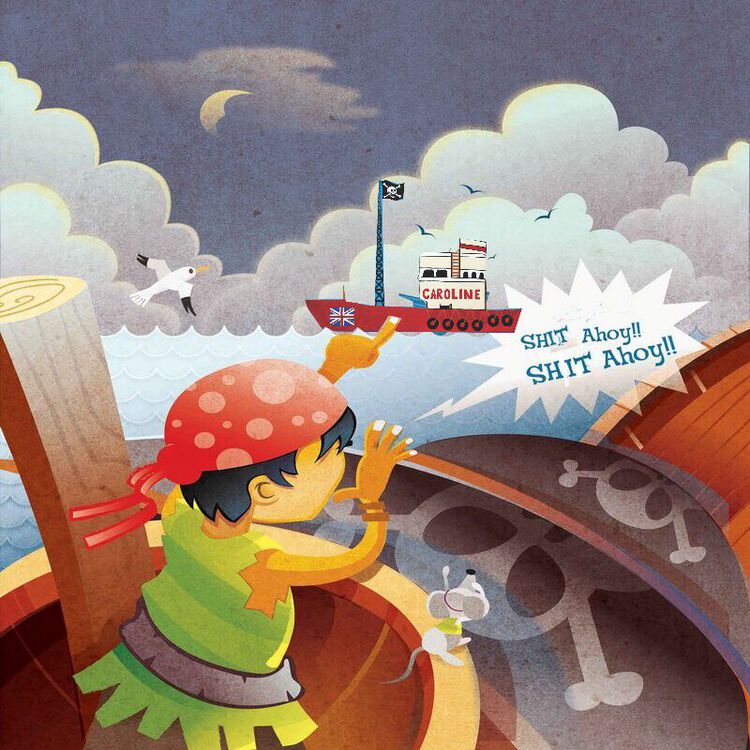
Alan Edgar (Eggy1948)
Supporting Members-
Posts
6,828 -
Joined
-
Last visited
-
Days Won
343
Content Type
Forums
Gallery
Events
Shop
News
Audio Archive
Timeline
Everything posted by Alan Edgar (Eggy1948)
-
A couple of my favourites are - Plodging in the clarts and said in the Bedlington twang - aroond the rugged rock the ragged rascal ran. Born and raised in Bedlington I never really knew that my accent was different. Leaving schoolmy first job, age 16, was at Blyth Shipyard - no problems with the accent. Then the DHSS, Longbenton and the first group of lads I teamed up with were from Seghill, Consett and Stanley. They could understand me no problem but I do remember even the lad, born and bred in Seghill, did say my accent was pitmatic. The first time I actually encountered a problem was when I went to work in London in 1969. No matter how many times I asked the way to where I was going I got stared at puzzled looks. Someone even did the slow speaking bit and said - ARE YOU GERMAN. My accent had to change whilst working with the cockneys but each time I came home it took less than 5 mins in the Percy Arms to get back to the home twang.
-
1. What is the more common name for the clavicle? Answer = 2. With which sport do you associate Michael Jordan? Answer = 3. Who was the last Saxon king of England? Answer = Edward The Confessor 4. Which English playwright was murdered by his lover , Kenneth Halliwell, in 1967? Answer = Joe Orton 5. What nationality was the composer Edvard Grieg? Answer = Norwegian 6. Where in London would you see the White Tower? Answer = Tower of London 7. Which sorceress turned Odysseus’ men into swine? Answer = 8. What is the Celtic name for ‘river’? Answer = 9. Who said “We live over the shop”? Answer = I refuse to use those two words. 10. Which Berkshire school did Prince Charles attend? Answer = 11. In which TV series did Jimmy Nail play a Geordie detective? Answer = 12. Pomeroy, Von Schneider, Winterbottom and Sir Toby,were the dinner guests. Who was the hostess? Answer = I’ll bet you didn’t know …. Napoleon tried to kill himself but because the poison he took was old it had lost its potency and gave him hiccups instead. Answer = I didn’t.
-
Sunday - 08/11/2020 a very quiet Front Street West. Photos by Simon Williams - Bygone Bedlington group
-
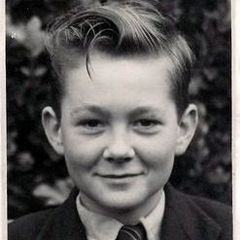
Mick Cunningham Netherton.jpg
Alan Edgar (Eggy1948) commented on Alan Edgar (Eggy1948)'s gallery image in Historic Bedlington
-
Can't give you any info on the Dawsons. There is a Netherton/Nedderton old photos album in the Gallery with a couple of photos from start of the 20th century. This is a direct link to the album album under Gallery>Histoirc Bedlington> A second album with a couple of photos - Netherton/Nedderton Old Photos 2 :-
-

1950-51 season Anne Gair.jpg
Alan Edgar (Eggy1948) commented on Alan Edgar (Eggy1948)'s gallery image in Historic Bedlington
-
From the album: West Sleekburn Middle School
-

Thelma Collingwood
Alan Edgar (Eggy1948) replied to Thelma Collingwood's topic in Friends and Family
@Jojo have you downloaded a copy of the photo? There is a copy, without text, in the Netherton/Nedderton Old Photos 2n album :- -

c74a2079-81e5-4735-9983-8634ed15335e.jpg
Alan Edgar (Eggy1948) commented on Layna Alexandrou-Panayiotou's gallery image in Historic Bedlington
-

Good Jokes: Not For The Faint-Hearted (Adult content)
Alan Edgar (Eggy1948) replied to a topic in Chat Central
Doh -
Roll on 2021 and vaccine. Now in day 274 of isolation - but 17 of them were in a hospital isolation ward where gowned; masked and gloved up young ladies visited me a few times a day.☺️
-

1913-14 season.jpg
Alan Edgar (Eggy1948) commented on Alan Edgar (Eggy1948)'s gallery image in Historic Bedlington
-
From the album: Whitley Memorial School
-
Won't be sitting in a pub/club but will be having a bottle of Marston's Owd Rodger to welcome in Lockdown 2.0
-
@Canny lass - Mikki replied :- Mikki Lee Townley Author ah yes I see. All these "banks" are very confusing. They should have included a picture of each house on the census would make reserching a whole lot easier. Thank you for your help I doubt I'll come across anything else in my search for Bank cottage as I think you have covered it, but if I do ill share it.
-
-
-
-
@Graceson Oxley- I've checked through the Bedlington Mechanics album we have in the Gallery>Sports section but we don't have the name Robert Miller on any of the photos. If your dad can identify your great granda then I will add his name to the photo. This is a direct link to the Bedlington Mechanics Gallery album where all the Mechanics photos that have been posted, in any section of this site, are stored in the album.
-

Dale Foster 1983.jpg
Alan Edgar (Eggy1948) commented on Alan Edgar (Eggy1948)'s gallery image in Historic Bedlington
-
From the album: West Sleekburn Middle School
-
@Canny lass - I will pass your info on.👌
-
A new member on the Bedlington remembered Facebook group has asked :- Mikki Lee Townley 30 October at 13:13 · I've have searched the group and seen the maps on the new area my research has taken me which is Bank Cottage, East End, Bedlington. This is the birth place of my grandad in 1914. Do any photos exist? Myself and a possible relative are trying to piece together my grandads rather secretive and mysterious life. And followed on later with :- Mikki Lee Townley Author Thank you everyone it seems my grandad may have been there for about 10 years minimmun as it shows on his birth cert in 1914 and his sisters marriage cert 1924. --------------------------------------------- Does anyone know anything about Bank Cottage? The only info I have been able to give her is this old photo + a map extract with Bank Cottage labelled :-
-
1. Which former pop-star owned the company that made The Life of Brian and had a one line part in a crowd scene? Answer = 2. What can be upside down, ginger or Dundee? Answer = 3. Which country hosted the summer Olympics in 1932? Answer = 4. What occupation is involved with stretchers and headers? Answer = 5. On which river does Amsterdam stand? Answer = 6. What is the millionth of a metre called? Answer = 7. Who is the prime minister of France? Answer = 8. What sort of drink is pekoe? Answer = 9. Who had a pet chimp called Chee Chee? Answer = 10. Which Bridge on the River Thames has a central portion that can be raised to allow ships into London? Answer = 11. Which sports commentator talked of an ‘up and under’ and an ‘early bath’? Answer = 12. What is a dirndl? Answer = I’ll bet you didn’t know …. The first advert on Radio Luxembourg was for a laxative. Answer = I didn’t. I wonder if the same laxative advert was broadcast on radio Caroline?





